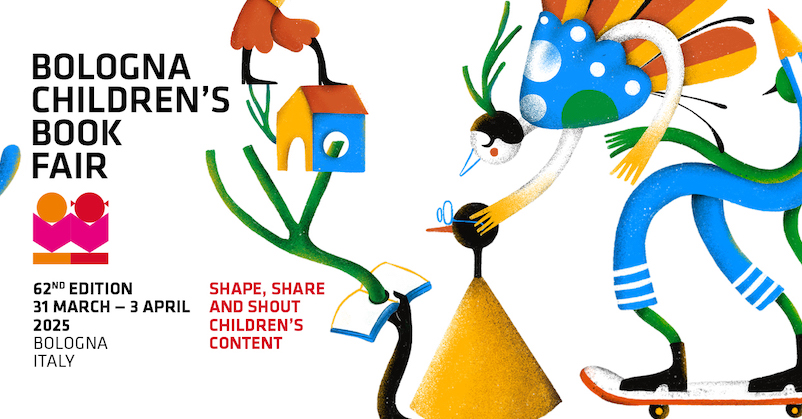Do we really need another retelling of ancient Irish tales? Well, perhaps. Lisa M. Bitel, in her lively and insightful introduction to Otherworld – her own versions of nine stories selected from three medieval mythological cycles – explains why we do. She lists the ways in which her translations from old or middle Irish strike a note attuned to the present day. She has praise for the scholars and antiquarians of the nineteenth century (for example) who rediscovered the storehouse of myths and sagas that had somehow fallen into neglect, but disassociates herself from the often “stiff or dreary” prose styles that seemed at the time an appropriate means of rendering material from the distant past, written in a difficult language, into corresponding English.
If the result was often fustian, it is perhaps a defect of the times. Of course, the ancient lore of Ireland, the whole conglomeration of hero and romance tales, with their elaborate structures, their high deeds of kings and warriors, their treachery and lechery and sorcery and witchery, all set in a complex framework, have proved irresistible to storytellers from the eleventh century onwards. From the earliest orally transmitted tellings to more recent scholarly undertakings, the aim has always been to please and engage audiences, and to impose contemporary flourishes, attitudes and narrative strategies on the archaic material, to bring it up to date, as it were, as far as feasible, and without relinquishing the oddities of style and substance from which the wonder tales derive their richness and power.
Wonder is the word. T. W. Rolleston, writing in 1911, cites “the religion of magic” on which the body of Celtic (or pre-Celtic) myths and legends is founded; and another Edwardian commentator, a Professor Bury, notes that “the Celtic world commands one of the chief portals of ingress into a mysterious pre-Aryan foreworld”. History, paganism and early Christianity likewise have a role in fashioning the drift and impact of the interrelated stories – stories, Bitel reminds us, that “modern academics have tidily sorted into four literary cycles”. They are, in sequence, the Mythological Cycle, the Ulster or Red Branch Cycle, the Kings Cycle (semi-historical tales) and the Fenian Cycle, or Duanaire Finn. Bitel has excluded the last from her round-up of fantastic and ingenious episodes, complete with archetypal motifs, all the fateful encounters, abundant feasting at royal strongholds, significant emblems, ferocious combats and all. Fenian or Ossianic lore doesn’t fit her brief because it was mostly a product of the later Middle Ages; the “Otherworld” she has in her sights takes us back to an even earlier time.
Because of the antiquity of the material in question, translations over the centuries have been subject to variations in spelling and nomenclature – is it Criomhthann or Crimthann? Aonghus or Oengus or even Mac ind Oc? You can take your pick. What stays more or less consistent, however, is the long-drawn-out course of the epic voyages, battles, quests, elopements, adulteries and so forth – always allowing for subtle shifts in tone and emphasis as audience expectations change. Bitel, in the current collection, has opted for an energetic, pungent and slightly ironic approach. In common with other translators of the medieval cycles, she adheres to the practice of intervening in her narratives to comment on elements of the plot or speculate about motives or stratagems – “As for Findabair, she seems to have struck a bargain with Fróech. She saved him from the river monster and, in exchange, he saved her from her father”, and so on. She sticks up continuously for bold and resourceful women in the sagas, all those who are adept at driving a chariot or handy with a horsewhip, who never balk at a bloody or a bawdy gesture, or who go all out to achieve their objectives by whatever the means at hand.
Take Becfola, who is possibly the most indomitable and insouciant of the lot. She courts three men, including King Diarmait, one after the other, and captivates them all. She sets out on adventurous journeys, escapes a pack of wolves by shinning up a tree and sets sail for uncharted territory in a bronze boat. But Becfola’s origins and her final destination remain a mystery, leaving successive storytellers nonplussed. James Stephens, writing in 1920, puts it plainly in his version of “The Wooing of Becfola”: “We do not know where Becfola came from. Nor do we know … where she went to … This only is certain, that she disappeared from the world that we know of, and went to a realm where even conjecture may not follow her.” And he adds: “We do not even know her real name” – for whatever it was, it was certainly not Becfola, which means “of little value”. And whatever the outcome of her adventures, she “came away pleased”, Bitel says. “That also pleases me.”
The author invites her readers to think about and discuss elements of the stories, including this one: the way in which local topography is overlaid with a shimmer of the unearthly, the episodes of prodigious slaughter, amorous pursuits and faery machinations, the logic of unbridled imaginings. Otherworld is about re-examining an ancient, idiosyncratic branch of literature, and about crediting marvels.
Patricia Craig’s most recent book is Kilclief & Other Essays, 2021
The post Hero and romance appeared first on TLS.

 By Times Literary Supplement | Created at 2025-04-02 12:32:29 | Updated at 2025-04-04 04:07:40
1 day ago
By Times Literary Supplement | Created at 2025-04-02 12:32:29 | Updated at 2025-04-04 04:07:40
1 day ago







